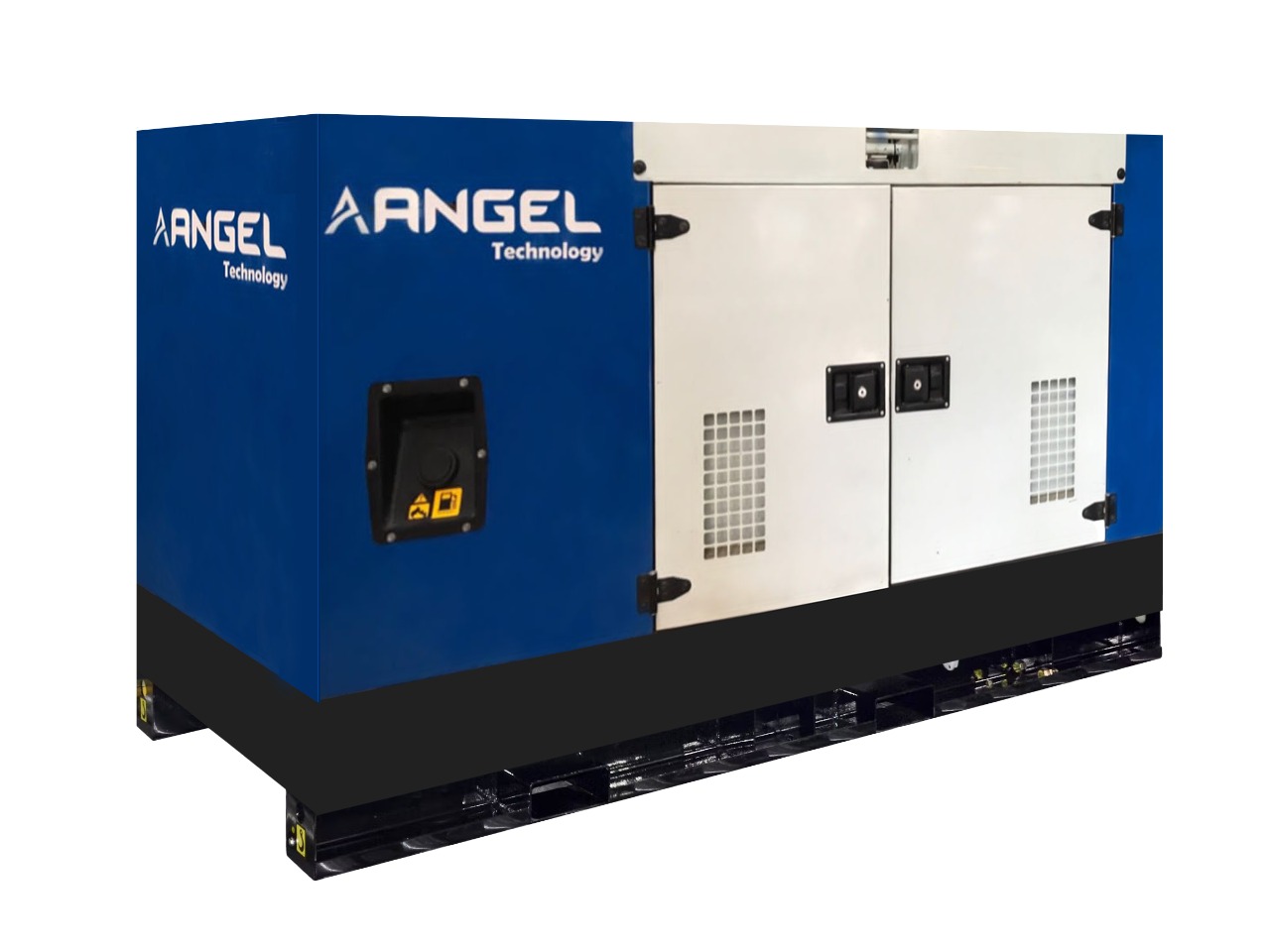Solar panels have revolutionized the way we harness energy from the sun, offering a sustainable and environmentally friendly alternative to traditional energy sources. In this article, we’ll delve into the world of solar panels, exploring their types, advantages, installation process, maintenance, and the future prospects they hold.
I. Introduction to Solar Panels
A. What are Solar Panels?
Solar panels, also known as photovoltaic (PV) panels, are devices that convert sunlight into electricity. They consist of multiple solar cells made of semiconductor materials, such as silicon, which generate direct current (DC) electricity when exposed to sunlight.
B. How do Solar Panels Work?
When sunlight hits the solar cells within a panel, it excites the electrons, creating an electric current. This direct current is then converted into alternating current (AC) by an inverter, making it compatible with household appliances and the power grid.
II. Types of Solar Panels
A. Monocrystalline Solar Panels
Monocrystalline panels are made from single-crystal silicon, offering high efficiency and longevity. They have a sleek black appearance and perform well in low-light conditions.
B. Polycrystalline Solar Panels
Polycrystalline panels are composed of multiple silicon crystals, making them more affordable than monocrystalline panels. Although slightly less efficient, they are a popular choice for residential installations.
C. Thin-Film Solar Panels
Thin-film panels are flexible and lightweight, allowing for versatile installation options. While they have lower efficiency compared to crystalline panels, they excel in certain applications, such as building-integrated photovoltaics.
III. Advantages of Solar Panels
A. Renewable Energy Source
Solar energy is abundant and inexhaustible, offering a sustainable solution to meet our energy needs without depleting natural resources.
B. Cost Savings
Investing in solar panels can lead to significant cost savings on electricity bills over time, as well as potential financial incentives and tax credits offered by governments.
C. Environmental Benefits
Solar panels produce clean energy with zero greenhouse gas emissions, reducing our reliance on fossil fuels and mitigating climate change.
IV. Factors to Consider Before Installing Solar Panels
A. Location
The effectiveness of solar panels depends on geographic location, sunlight exposure, and shading from surrounding buildings or trees.
B. Roof Condition
A structurally sound roof with sufficient space and proper orientation is essential for the installation of solar panels.
C. Energy Consumption
Assessing your household’s energy consumption helps determine the size and configuration of the solar panel system required to meet your needs.
V. Installation Process of Solar Panels
A. Site Assessment
A professional installer evaluates your property to determine the optimal placement and configuration of solar panels for maximum sunlight exposure.
B. Designing the System
Based on the site assessment, the installer designs a custom solar panel system tailored to your energy requirements and roof specifications.
C. Permitting and Inspections
Obtaining necessary permits and scheduling inspections ensure compliance with local regulations and safety standards throughout the installation process.
VI. Maintenance of Solar Panels
A. Regular Cleaning
Periodic cleaning of solar panels removes dirt, dust, and debris, optimizing their performance and efficiency.
B. Monitoring Performance
Monitoring systems allow homeowners to track the energy production of their solar panels and identify any issues promptly.
C. Professional Inspection
Annual inspections by qualified technicians ensure the longevity and reliability of solar panel systems, addressing potential maintenance issues before they escalate.
VII. Future of Solar Panels
A. Technological Advancements
Ongoing research and development in solar panel technology aim to improve efficiency, durability, and affordability, driving further adoption and innovation.
B. Market Growth
The global solar energy market continues to expand rapidly, driven by decreasing costs, increasing environmental awareness, and supportive government policies.
C. Integration with Smart Grids
Solar panels play a crucial role in the transition to smart grids, enabling decentralized energy production, storage, and distribution for a more resilient and sustainable energy infrastructure.
VIII. Conclusion
Solar panels offer a clean, renewable, and cost-effective solution to our energy needs, empowering individuals and communities to harness the power of the sun for a brighter, more sustainable future.
IX. FAQs about Solar Panels
A. Are solar panels worth it?
Yes, solar panels can provide long-term cost savings on electricity bills and offer environmental benefits.
B. How long do solar panels last?
Most solar panels have a lifespan of 25 to 30 years, with warranties typically ranging from 20 to 25 years.
C. Do solar panels work on cloudy days?
While solar panels are less efficient in cloudy conditions, they can still generate electricity, albeit at a reduced rate.
D. What is the cost of installing solar panels?
The cost of installing solar panels varies depending on factors such as system size, location, and equipment quality. However, prices have been declining in recent years, making solar more accessible to homeowners.
E. Can I install solar panels myself?
While DIY solar panel installation is possible for those with the necessary skills and expertise, it’s recommended to hire a professional installer to ensure safety, compliance, and optimal performance.

